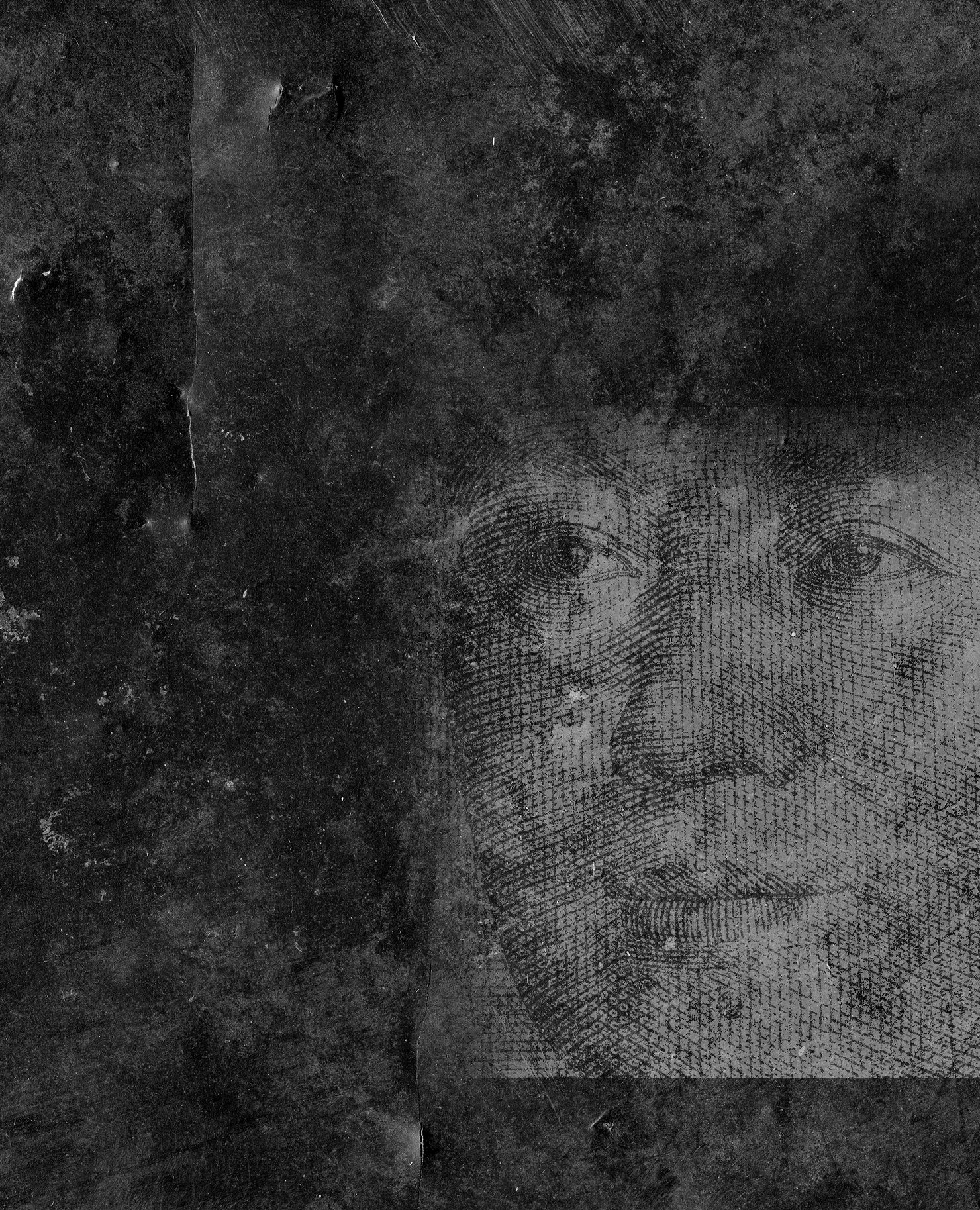A sudden change in leadership at Moffitt Cancer Center shook the Tampa Bay medical community last week and quickly prompted the Legislature to take the unusual step of launching an investigation.
But while the news turned heads in Florida, the turnover at Moffitt is part of a national story line that reaches back to the Obama era and has played out with snowballing urgency ever since. In recent months, federal agencies have become increasingly concerned that America’s investment in top scientific research is being systematically stolen by foreign actors.
At Moffitt, CEO Dr. Alan List, a vice president and four researchers abruptly resigned in relation to possible exploitation of American-funded research by China. Evidence was found that they were compensated by a Chinese talent recruitment program and failed to disclose it, officials at the Tampa-based center said.
The federal government is still trying to grapple with this and instances like it around the country, said Dr. Michael Lauer, deputy director for extramural research with the National Institutes of Health.
“Research has been compromised,” he said, though Moffitt claims its own research was not affected. “Funding went to projects it never should have. Meanwhile, other proposals didn’t get the funding they deserved.”
The NIH, which gives out $30 billion a year to American scientists and universities for biomedical research, has opened 180 formal inquiries related to instances of foreign meddling in grant research and funding. In some cases, researchers shared peer-reviewed proposals with the Chinese government, and that research was copied verbatim in Chinese laboratories. Other instances include American researchers being paid by both the NIH and the Chinese government for the same work.
“Many of the universities had no clue this was happening on their campuses,” Lauer said. “The scientists they employed never told them about any ties to China, or that they were also employed there.”
And the interest in American research doesn’t stop with medical topics like cancer. It extends to a variety of industries, from energy and the environment to technology, Lauer said.

The NIH is working with the FBI to continue to identify cases of intellectual property theft, he said. But Congress also has taken a leading role in trying to understand how this is happening and how to stop it.
The federal government has commissioned studies to get to the bottom of the issue, but so far it’s been difficult to discern just when the foreign involvement began and how deep it goes. The scale and scope was hard to define even in a study released earlier this month by JASON, an independent group of scientists who advise the U.S. government.
In November, the Committee on Homeland Security and Governmental Affairs in the U.S. Senate released a report titled, “Threats to the U.S. Research Enterprise: China’s Talent Recruitment Plans,” which detailed how $150 billion in American grant funding through organizations like the National Science Foundation, the NIH and the Department of Energy’s National Labs is at risk.
“China unfairly uses the American research and expertise it obtains for its own economic and military gain,” the report reads. “Based on this investigation, the subcommittee finds that the federal government has failed to stop China from acquiring knowledge and intellectual property from U.S. taxpayer-funded researchers and scientists. Nor do federal agencies have a comprehensive strategy to combat this threat.”
A joint committee by the National Science and Technology Council held a summit at the White House last month to discuss the issue, Lauer said. A summary of the meeting describes efforts to be taken by the federal government to ensure better security. Among the ideas: better communication between federal agencies, including making FBI threat briefs more widely available.
In Florida, State Rep. Chris Sprowls, R-Palm Harbor, announced he will lead an investigation into Moffitt and other federally and state-funded academic institutions related to this issue.
A team from Moffitt met recently with Lauer and others in Bethesday, Md., to discuss the center’s investigation so far, according to a letter to lawmakers from H. Lee Moffitt, the center’s namesake and a former House Speaker in Florida. The letter also disclosed that the information has been shared with the Legislature’s Office of Program Policy Analysis and Governmental Accountability.
“The Tampa Bay community and Florida taxpayers who send millions to Moffitt every year need more than vague assurances,” the former speaker wrote.
In a related development, Moffitt officials confirmed this week that List, who initially said he’d continue to treat his current patients at Moffitt, has since cut all ties with the center.
At the national level, meanwhile, academic associations are developing security guidelines for individual colleges to follow regarding security breaches. The Association of American Universities surveyed members to craft the framework. Penn State University, whose research focuses heavily on energy issues, has been recognized as a national leader in its efforts to be transparent through a new website detailing its compliance policies.
The University of Florida also launched a website outlining the proper disclosure requirements for researchers. Spokesman Steve Orlando said the university developed a new international risk assessment process to screen activities with foreign institutions and developed an electronic system to monitor the disclosures of outside activities and interests.
This year alone in Florida, the NIH awarded 1,456 grants totaling more than $705 million to universities, research centers like Moffitt and other entities. The University of Florida received more than $190 million and the University of South Florida nearly $76 million, according to the NIH website.
While research is generally funded by federal grants, universities benefit from the prestige of publishing the findings and collect royalties on patents and other investments under the 1980 Bayh–Dole Act.
Said Lauer: “Perhaps the most serious loss is that this has enabled China to know what’s going on inside American laboratories, and get a head start on everyone else.”


